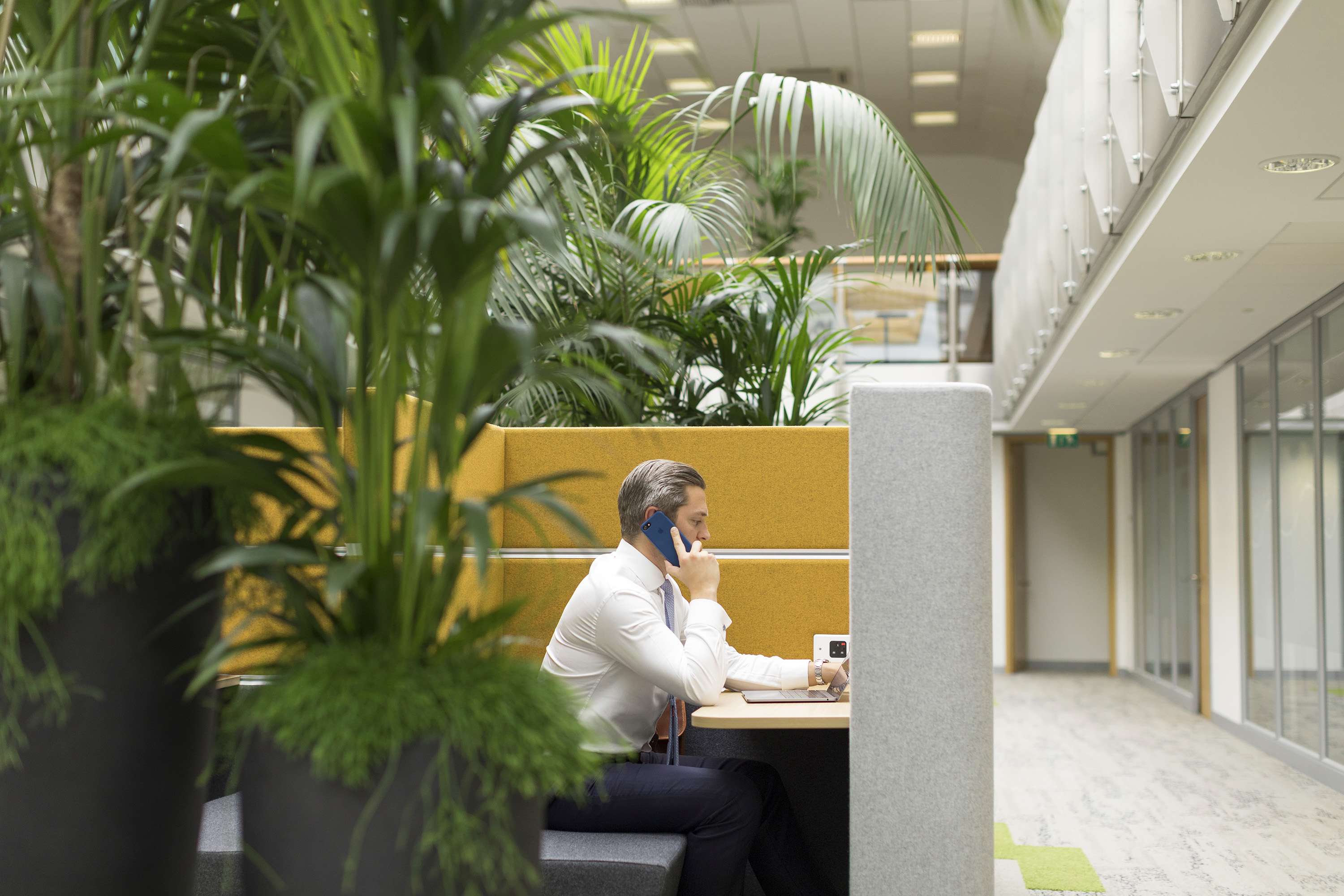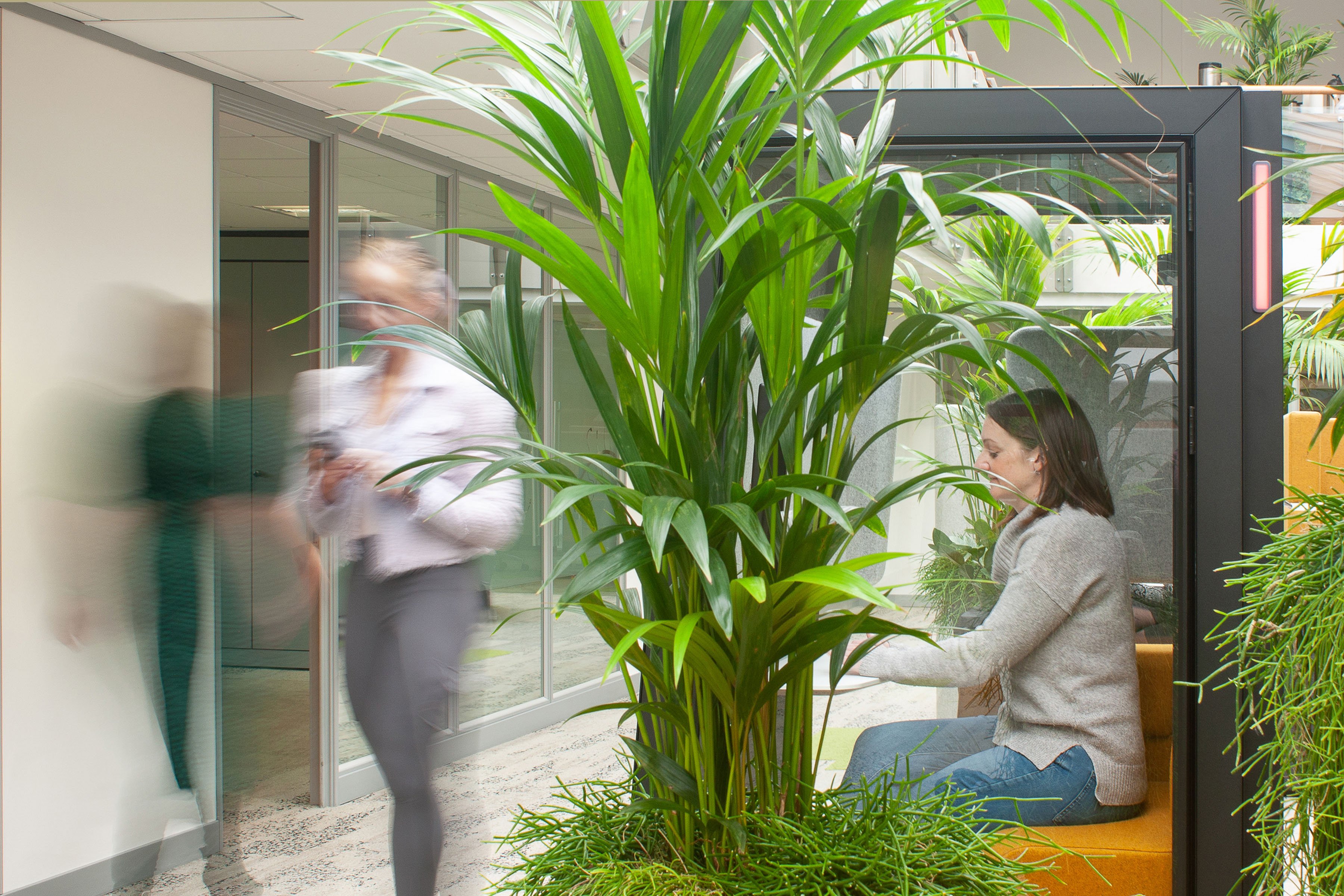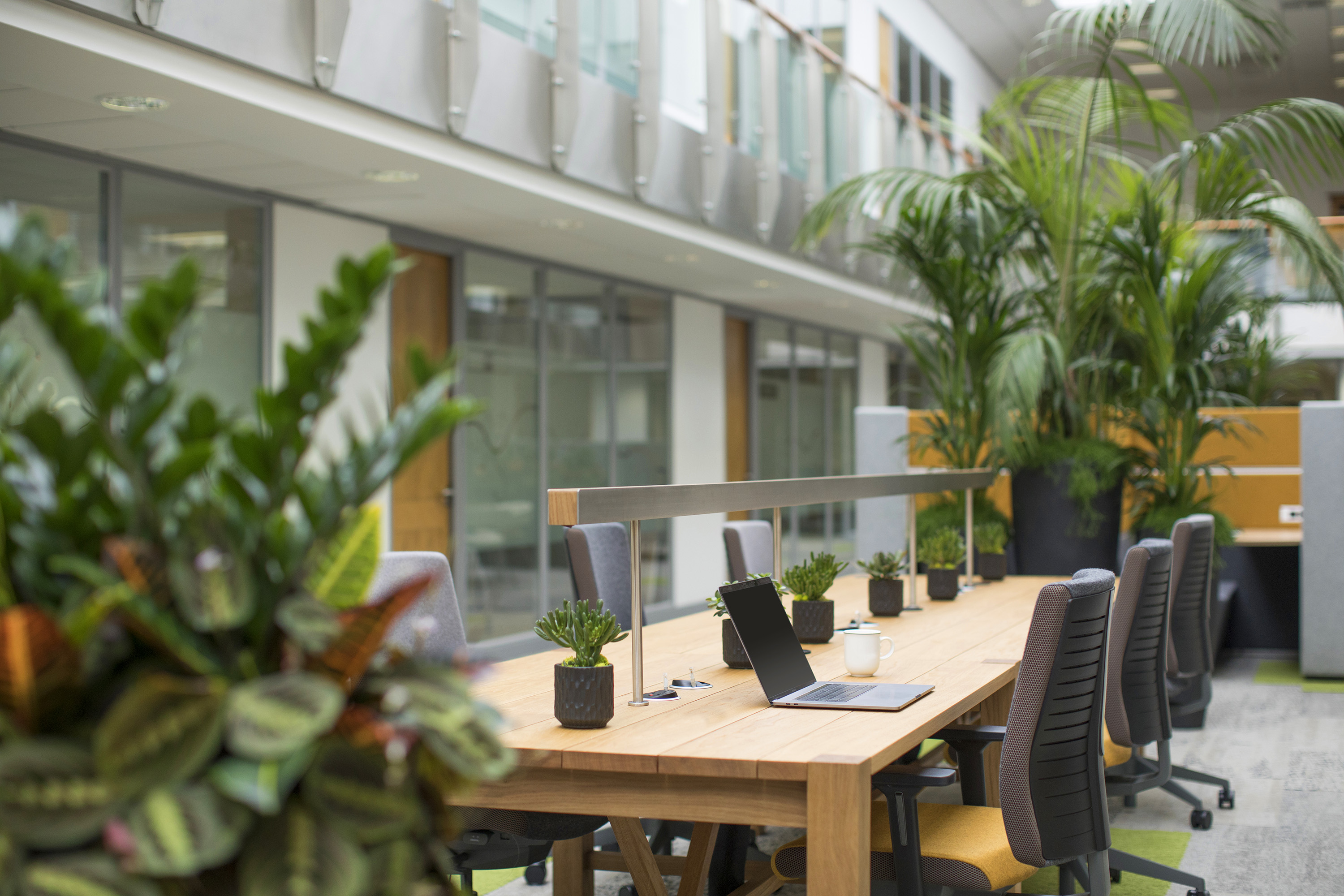The workspace has evolved in line with the evolution of work and the workforce. Good understanding of the evolution of work, worker and workspace will help in defining the workspace strategy for any organisation. These three elements constitute the work environment.
Here we explain the relationship between these elements and how they influence the development of work environment.

Work
An idea that is familiar, but at best still abstract to all of us, can be better defined by understanding what it used to be in the past, what it is now and what it will be in the future. Exploring these questions will help us better understand the evolution of work.
This evolution can be defined in four industrial revolutions and the workspace revolution can be mapped to these four revolutions.
- Pre-Industrial
- Industrial
- Cognitive
- Cyber - Physical
In the preindustrial economy, work was synonymous with craftsmanship, the creation of products or the delivery of complete outcomes. The craftsman is entirely responsible for the end-to-end process of delivering a product or outcome — a carpenter, for example, would do everything from taking measurements, getting the wood, to making the final adjustments in the finished set of furniture.
The industrial revolution changed this conception of work, as industrialists realised that products could be manufactured faster and cheaper, if end-to-end processes were converted into repeatable tasks in which workers (and, later, machines) could specialise in. The notion of a “job” became that of a collection of tasks, not necessarily related to each other, rather than an integrated set of actions that delivered a complete product or outcome.
With the onset of rapid cognitive revolution, work has once again been redefined to create valuable human-machine collaborations, shifting our understanding of work from task completion to problem-solving and managing human relationships. This approach changed the way we organise tasks into jobs.
With the advancement made in technical innovations, we are moving towards a cyber-physical revolution aided by Artificial Intelligence and robotics. This approach is leading to more proactive management and providing differences in experience by finding the challenges before it evolves. This is changing the workforce of the future and the requirements for the future workforce.
The functions and the linked outcomes form the basis for defining work style
Based on the analysis of the previous three revolutions there are common trends and characteristics that are common that links work, worker, and workspace.

Worker or workforce
Demographics have changed over the last few years with a collectively older and more diverse workforce. The very social contract between employers and employees has altered dramatically as well. Organisations now have a broad continuum of options for finding workers, from hiring traditional full-time employees to availing themselves of managed services and outsourcing, independent contractors, gig workers, and crowdsourcing.
Alternative workers are growing in number; currently, 35 percent of the workforce is in supplemental, temporary, project, or contract-based work. This percentage is growing as well — for example, freelance workforce is growing faster than the total workforce, up 10 percent compared to three percent of all employees.
As the “who” and the “what” of work shifts, so does the workplace. Where once physical proximity was required for people to get work done, the advent of digital communication, collaboration platforms, and digital reality technologies, along with societal and marketplace changes, have allowed for and created the opportunity for more distributed teams.
Organisations are now able to orchestrate a range of options as they reimagine workplaces, from the more traditional collocated workplaces to those that are completely distributed and dependent on virtual interactions.
Employers should not only consider how roles are crafted when pairing humans with machines, but also the arrangement of their human workforce and what type(s) of employment are best suited to obtain the creativity, passion, and skill sets needed for the work at hand. Orchestrating this complex use of different workforce segments will require new models. It could fundamentally change our view of the employee life cycle from the traditional “attract, develop, and retain” model to one where the key questions are how organisations should access, curate, and engage workforces of all types.
- Access. How to tap into capabilities and skills across the enterprise and the broader ecosystem? This includes sourcing from internal and external talent marketplaces, leveraging and mobilizing on- and off talent
- Curate. How to provide employees — ecosystem talent — and teams with the broadest and most meaningful range of development? This includes work experiences that are integrated into the flow of their work, careers, and personal lives.
- Engage. How to interact with and support the workforces, business teams, and partners to build compelling relationships? This includes multidirectional careers in, across, and outside of the enterprise; and for business leaders and teams, providing insights to improve productivity and impact while taking advantage of new ways of teaming and working.
According to the World Economic Forum, the division of labour between people and machines is expected to continue to shift toward machines, especially for repetitive and routine tasks. That could eliminate upward of 14 percent and disrupt 32 percent of today’s jobs, according to the Organization for Economic Cooperation and Development (OCED).
Understanding work style and work functions forms basis for designing organisational workforce.

Workspace: Rethinking Where Work Gets Done
The three core considerations for defining future workspace are:
- Changing the physical workplace should not be seen simply as an opportunity to increase efficiency or to reduce real estate costs. Workplace culture is highly connected to both innovation and business results, and as teams become more distributed, organisations might need to rethink how they foster both culture and team connections.
- Workspace requirements are linked with the five organisational growth stages, i.e. Creativity, Direction, Delegation, Coordination & Collaboration.
- Work style evolution:
- From hierarchies to a more flattened structure
- From fixed working hours to flexible working hours
- From hoarded information to shared information
- From fear-based leadership to empowering and inspiring
- From on-premises to the cloud
- From email as primary form of communication to being a secondary form of communication
- From climbing the corporate ladder to creating the ladder
- From siloed and fragmented to connected and engaged
- From working at the office to working anywhere
To maximise the organisational output, it is important to design a workspace that caters for work style, functions and workforce requirements.

Work Environment
It is a culmination of work function, work style, work force and workspace. All designed to maximise team and business output, maintain organisational health by optimising resources.

In our next blog we will talk about how work, workforce evolution helps in identifying the factors that influence workspace.
If you’re interested in learning more sign up to our newsletter below.
